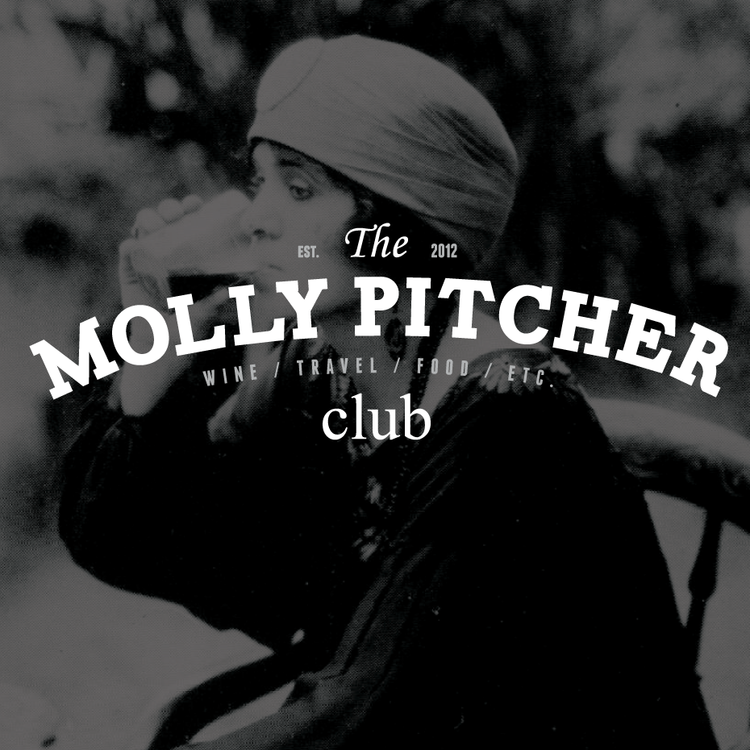Spain: Bienvenidos a Madrid!
Third and final post from Spain - Madrid!
We finally made it to our final destination - Madrid - after a crazy car ride from Barcelona and a lovely stop in Zaragoza. Today's topics include: history on Madrid, Museo del Prado, food and wine (of course!) and final thoughts on the Vis Competition for team Cardozo overall!
Starting with my usual favorite - history! One of the cutest pieces of history (and of course history can be
cute!
) was Madrid's coat of arms (pictured below). The shield is a bear sable supported on a strawberry tree. This coat of arms can trace its foundation back to the Battle of Law Navas de Tolosa in 1212, where the troops sent in support of the Christian King carried a flag with the statant bear on a silver field. For those who want to get really nerdy about coat of arms, statant refers to the
attitude
(yes, attitude!), or position, of the animal on the shield. Specifically, statant means that the animal is standing (either on 2 or 4 feet).
A statute of the the coat of arms is located in the Puerta del Sol which is the famous center of Madrid. Interestingly, this busy city center is also the center of the radial network of Spanish roads (thus the literal center of Spain).


After walking through the Puerta del Sol, the group headed to Mercado de San Miguel. This place is a definite must see (or must eat-at rather) because everything, and I mean literally, everything in here looked delicious. Then, the group headed to the Royal Palace of Madrid and I was surprised to learn that this is still the resident of the Spanish Royal family. Yes, Spain still has a monarchy, similar to that of England. The current monarchy is led by King Juan Carlos I and his wife Queen Sofia. Preserving the monarchy is very popular in Spain, with approximately 75% of the population in support.

After we walk around the courtyards of the Palace (again we did not go in because the line was way too long) we headed to the Museo del Prado. This museum was established in 1819 and is the primary national art museum of Spain. While it houses a staggering amount of European art from the 12th-19th centuries, it is known for its Spanish art collection.

The most famous collection of Spanish art features Fransisco de Goya. It was very exciting to see the masterpieces in person, including Goya's Saturn painting. However, (and without getting to political on art) Goya's Black Paintings are... well depressing. Other notable artists include: Rubens, Rembrandt, and Titian. After the museum, we headed across the street to relax with a bottle of wine. Service was relatively slow... I mean Spanish ... I mean slow. Though we didn't care because we were only interested in drinking wine. Eventually, the wait staff decided we were all so charming that they poured us shots on the house. These shots were more like digestifs, or digestive liquers served after the meal. They are usually taken straight (which they were) and typically include brandy, bitter liquers (which I received) or sweet liquers. I never had a chance to write down the brand names, but one was an apple liquer, the second taste like Jagermeister (bitter in taste, brown in color) and the third like chartruese (herbal in taste, yellow in color). I would definitely recommend the yellow disgetif. After our drinks, we took a quick stroll through Retiro Park and then headed back into the city center.

Most importantly, we stopped at the famous Chocolateria San Gines for hot chocolate and churros. This is the place for churros in Madrid. The hot chocolate is dark chocolate and served much thicker than anything available in the U.S. Similarly, the churros are different because they are not covered in cinnamon and sugar. This was the perfect snack after a day of touring. Though, I wouldn't have hated the addition of a little cinnamon to the hot chocolate or the churros.
That night we also headed to a great Paella restaurant, called La Barraca. There, we ordered some traditional paella and arroz negra (black rice). Both were excellent and this restaurant is worth visiting when in Madrid.
And as usual, a discussion of food would not be complete without a discussion on wine. I wanted to briefly introduced the wine region that received the most attention during my visit to Spain - Rioja.
Rioja is one of Spain's major wine region. Specifically, it is the principal red-wine producing region. One of the most important grapes for rioja is tempranillo. Tempranillo is known for producing long-lived and complex wines. Another principle grape in rioja is garnacha. If you are looking for rioja, be sure to look the differences in the three major levels: (1) crianza - 2 years of aging, minimum 1 in oak barrels; (2) reserva - 3 years aging, minimum 1 in oak barrels; and (3) gran reserva - 5 to 7 years of aging, minimum 2 years in oral barrels.
And those were some of the key highlights from our day in Madrid. It was a great trip full of awesome memories, wine and food. Until next time!
Cheers!
